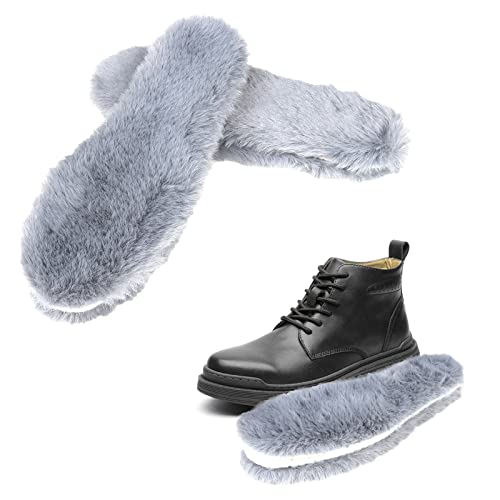mike17l
Active member
I know that treating ear mites with WD-40 is controversial. I did not know how controversial it is. I was recently permanently blocked from the 'backyard meat rabbits' facebook group for doing nothing more than suggesting its use, and saying that I thought it worked great.
For me personally, it is super easy to apply, and it works great with no mess. There are thousands of rabbit breeders across the world who have never documented any issues with using WD-40 to treat ear mites. I would guess that over half of all commercially produced rabbits are treated with WD-40. I have even had a veterinarian, who by the way raises rabbits personally, recommend the use of WD-40 for ear mites.
So, my questions for this board, does anyone have any scientific documentation as to why WD-40 should not be used to treat ear mites in rabbits? I have never found any. Or, is this just a feel good issue, where people think they know whats best and really have no idea?
For me personally, it is super easy to apply, and it works great with no mess. There are thousands of rabbit breeders across the world who have never documented any issues with using WD-40 to treat ear mites. I would guess that over half of all commercially produced rabbits are treated with WD-40. I have even had a veterinarian, who by the way raises rabbits personally, recommend the use of WD-40 for ear mites.
So, my questions for this board, does anyone have any scientific documentation as to why WD-40 should not be used to treat ear mites in rabbits? I have never found any. Or, is this just a feel good issue, where people think they know whats best and really have no idea?































